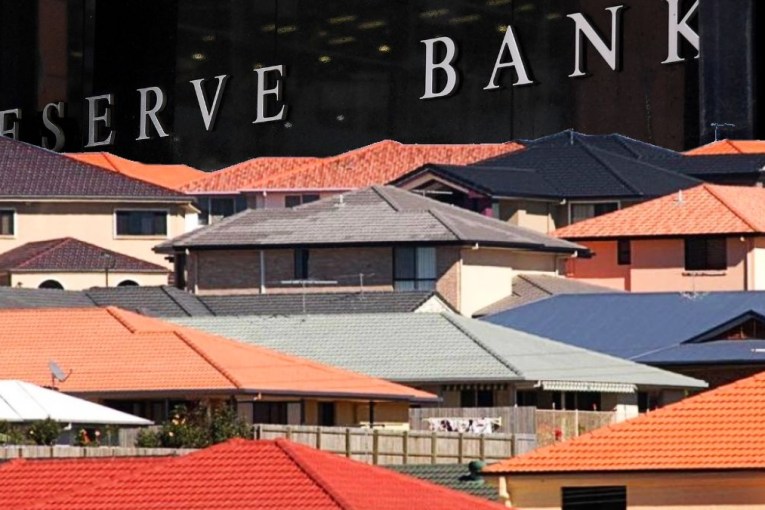The growing gap every worker needs to know about

Falling unemployment doesn't seem to be pushing up wages. Photo: AAP
Workers appear to be losing their power to negotiate pay rises, even as the jobless rate falls.
For months, more Australians have been entering the ranks of the technically ’employed’, with thousands of full-time positions created, and yet wage growth is not budging.
This decoupling of wages and employment is a big deal, not just because we all want more money, but also because it is preventing central banks around the world from winding back their massive amounts of economic stimulus.
Just this week, Federal Reserve chair Janet Yellen told US Congress that the link between rising employment and rising wages “has become more attenuated than we’ve been accustomed to historically”.
This sparked lots of discussion about the “Phillips Curve” and “NAIRU” and other complex economic jargon.
The simple explanation is that economists have presumed since the 1950s that falling unemployment forces companies to compete for scarcer workers by paying higher wages.
But this relationship appears to be broken, everywhere.
We’ll know more about the state of Australia’s labour market next week when the statistics bureau releases its latest unemployment figures.
For now, we know that unemployment has improved since 2015, apart from a few soft patches here and there.
Between January and May, the jobs market employed 112,700 more workers, with most (83,400) full-time. This dropped the unemployment rate from 5.8 to 5.7 per cent, on the trend measure.
But wage growth continues to plummet. The latest figures from the March quarter had wages growing at a record-low 1.9 per cent per year.

As seen in the chart above, the red line of wage growth has been falling since 2015, even as the blue unemployment line improved. Theory says the red line should be rising.
It’s confounding for central bankers like Janet Yellen, who want to lift official interest rates back to normal levels as they see employment and economic growth picking up.
The snag is that inflation – which most central banks target – remains low.
This is a mystery because falling unemployment is supposed to push up workers’ wages, and then the spending of those extra wages is supposed to increase prices, which shows up as rising inflation.
Why isn’t this happening? There are some troubling theories.
Dr Jim Stanford, director of The Australia Institute’s Centre for Future Work, said it was proof that workers are losing their bargaining power.
“I don’t think anyone who has been watching the labour market closely should be at all surprised by this apparent breakdown between labour market conditions and wage growth,” he told The New Daily.
“It’s been evident for years that the underlying institutional power of workers has been eroding on all fronts.
“The legal framework has become more employer friendly, collective bargaining has shrunk dramatically as a factor in wage determination, and the structure of jobs has been turned upside down so that most Australian workers now do not have the standard, full-time, permanent, year-round paid job with entitlements that used to be considered the norm.”
Another potential explanation, according to Dr Stanford, was that the supposed improvement in the labour market is illusory.
“The unemployment rate itself is no longer an accurate indicator of supply-demand balance in the labour market,” he said.
“The way of measuring excess supply in the labour market cannot be the unemployment rate anymore because that ignores people who underemployed, just working a few, irregular hours a week.”
While unemployment is improving, the rate of underemployed people – those who have a job but want or need more hours – rose to 8.8 per cent in the March-May quarter, the worst since 1978.
Could this be a factor?
As the above chart shows, the trend in wage growth looks suspiciously similar to rising job insecurity.









